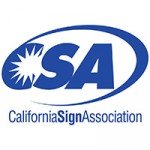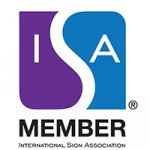Month: November 2017
Public Works Signs on the LA Metro
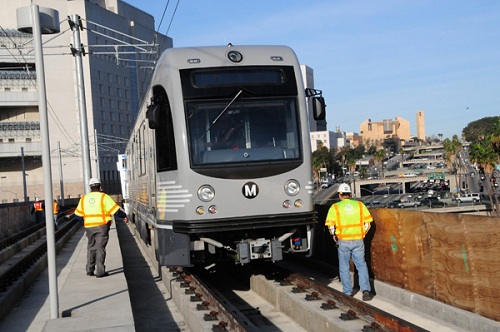
The Metro Blue Line runs from Downtown LA to Downtown Long Beach. It’s one of the most popular light rail trains in the nation. Recent expansion of the line has added nine new stations (with more expansion to follow), complete with new track, bright new trains and new directional signage. These new stations, like many of the stations opened since 1990 (including stations on both the Green Line and the Red Line) are simple to navigate thanks to the wayfinding and informational signage manufactured by CNP Signs & Graphics.

The Blue Line is the second largest light rail line in the United States, with an average weekday ridership of over 80,000. The nine new stops on the line (that runs from Pico and Exposition to La Cienega and Jefferson Boulevard) are being fit with 775 new signs with easy-to-read white reflective vinyl against primary color backgrounds in black, red, and yellow.
The signs are painted 1/8” aluminum, non-illuminated panels coated with a high-tech anti-graffiti paint that will aid in keeping the new stations clean.
Working in the light rail environment has required CNP workers to learn a new language: hand signals. All workers on the line take safety classes from the Metro Authority. Workers learn how to communicate with each other, as well as the train operators, while working in close proximity to the moving trains.
Anti-graffiti
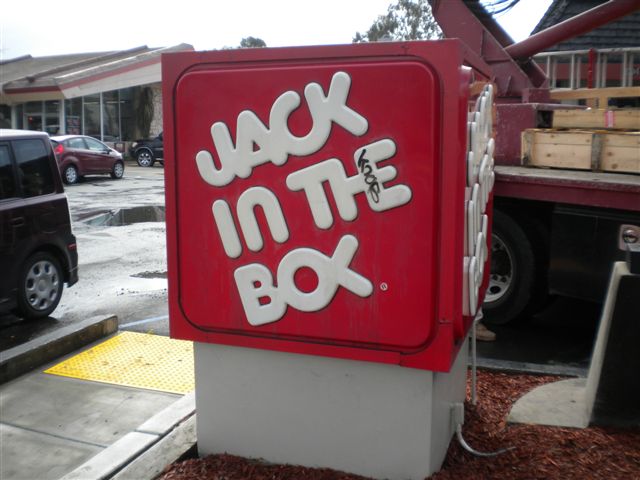

Anti-graffiti is nothing new. Graffiti itself has existed since ancient times, with examples dating back to the Roman Empire. So you can bet there have been business owners looking for better ways to remove graffiti for thousands of years. Today it can still be found in just about every city in the world – on walls, windows, transportation, and signs.
Until fairly recently, there wasn’t much that could be done to protect signs or buildings from vandals – it was generally less a preventative measure than a reactionary one. To remove graffiti from a sign, for example, without damaging the sign itself is a very difficult and costly undertaking. However, with the development of anti-graffiti products such as protective films and specially sealed paints, the protective measures moved from reactionary to preventative.
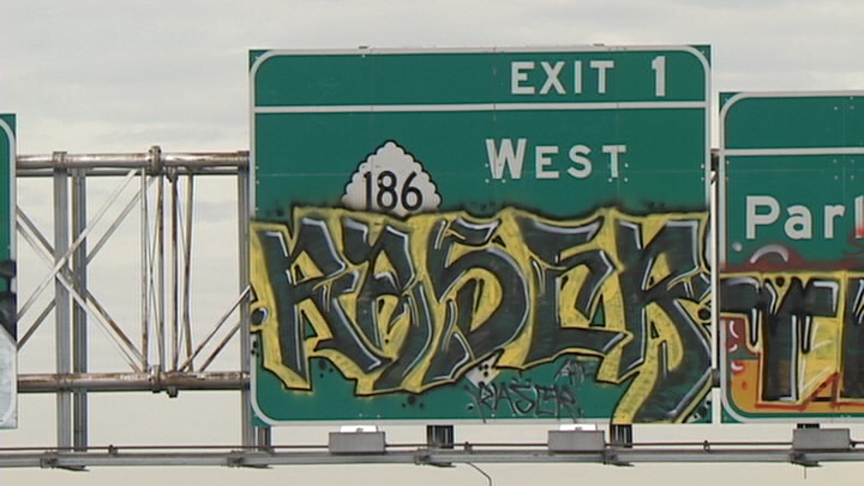
Several products have been developed to allow signage to be protected against paint, ink, and scratching. We’ll outline a few of the basic products available that allow CNP Signs to offer better protection for your signage and keep the area they are installed in looking clean and inviting.
Anti-graffiti products can be placed into two basic categories – sacrificial and permanent. Sacrificial products are perhaps the most common, as they can be applied to the signage after it’s been installed. These provide a protective barrier, and once graffiti is applied, the product is removed leaving the sign clean. The product is then re-applied. These are available in films or sprays (like a clear coat), with films being the prevalent product on the market. Films also protect against scribing (or scratching) and are very commonly found on glass. While these are generally less expensive than permanent products, they can be more costly in the long run, as they need to be re-applied every time graffiti takes place.
Permanent products are not as widely used (mostly due to higher up front cost), but are much more effective in the fight against graffiti. These products are applied while the signage is being manufactured, and become an integral part of the sign face. The clear coat dries hard, just like any other clear coat, sealing the surface. When the sign is tagged (sprayed by a vandal), the paint doesn’t adhere as well as normal, which is the first deterrent. If the “artist” continues and completes his “work”, once the spray paint (or marker, etc) is dried, it can be wiped clean with a simple solvent in most cases. The coating remains, undamaged. While the permanent products cost more up front, in the long run, they are often the better option.
As CNP Signs and Graphics keeps step with the newest technology in the fight against graffiti, we’re not only keeping your signs clean, we’re helping keeping America clean.
SD Airport Hires CNP for Directional Signs
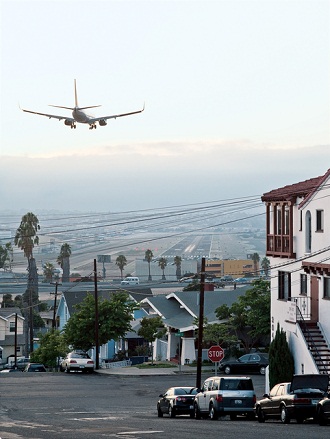
San Diego Airport knows how to direct traffic. It makes sense, therefore, that they should hire CNP Signs & Graphics, experts at directional and wayfinding systems, to produce and install electronic message boards for the terminal loop. Drivers will have an easy time knowing where to go with these easy-to-read displays which are due to be installed in October.
The San Diego Airport continues to expand and improve their facilities, adding not only modern messaging centers to direct traffic, but also additional terminals and parking opportunities for the users of this, the 27th largest airport in the country. CNP has been chosen to complete other work for the SD Airport in the past as well as extensive work on directional signage for the Los Angeles International Airport (LAX).

